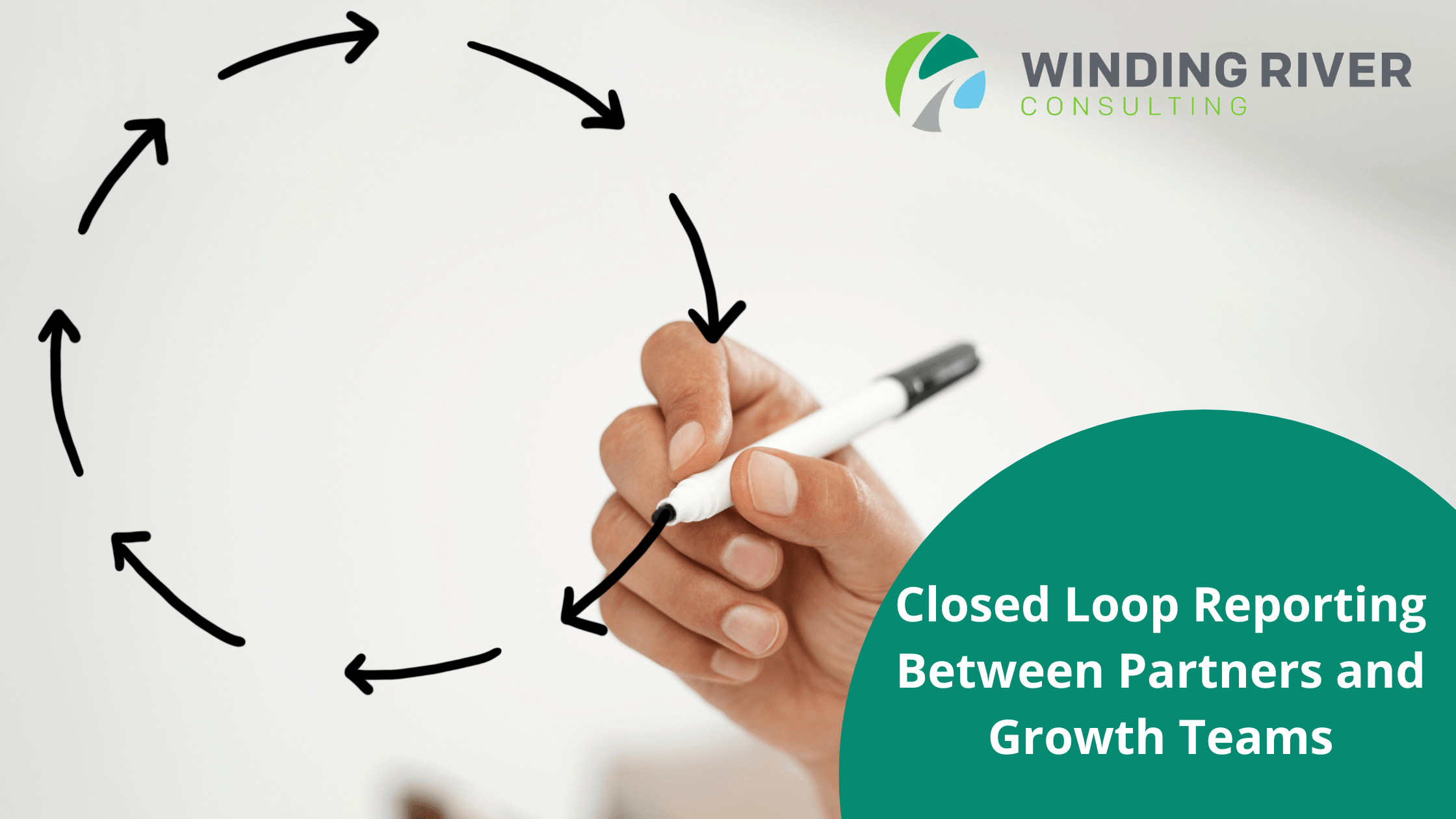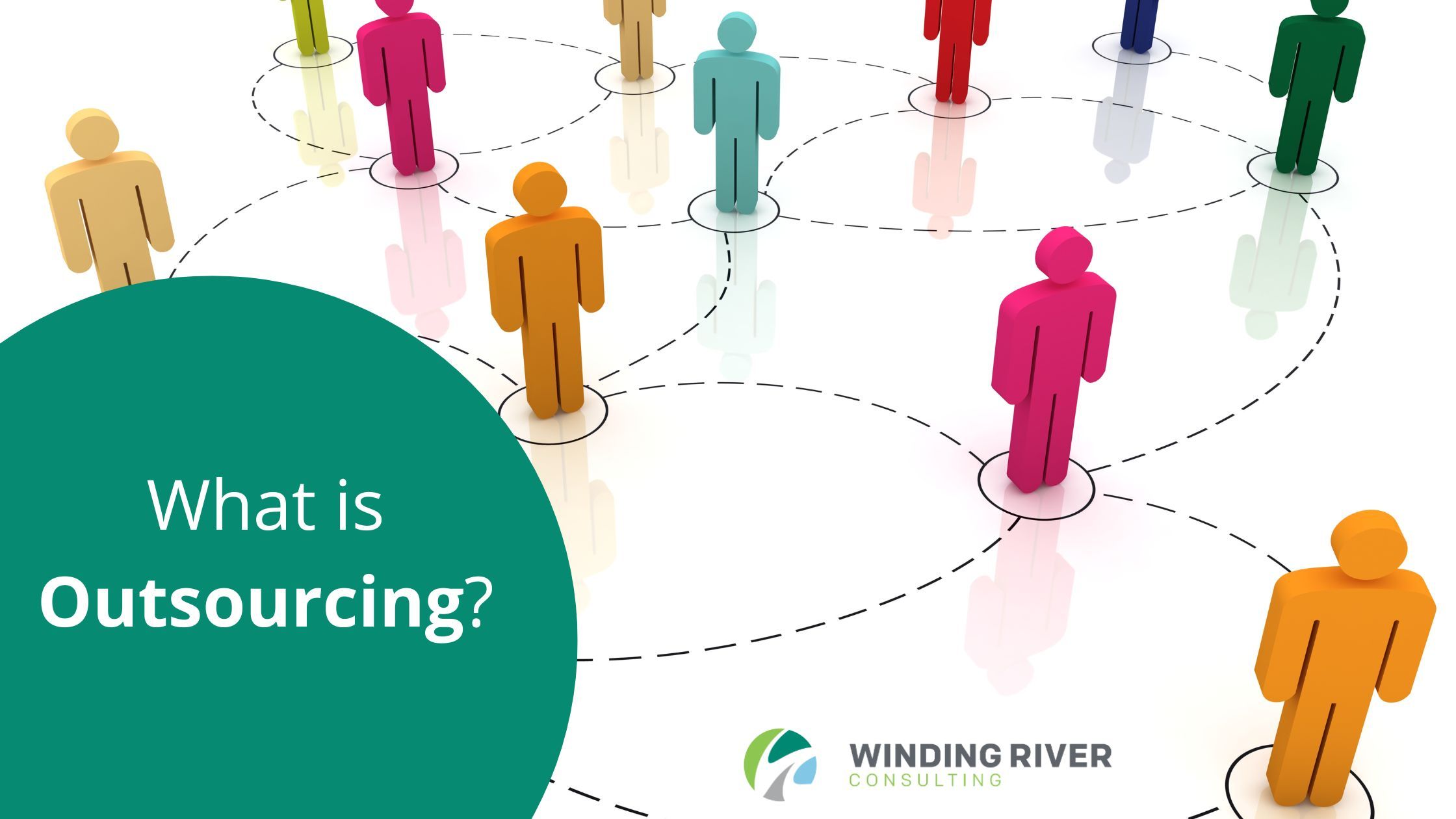4 min read
Closed Loop Reporting Between Partners and Growth Teams
If your firm isn’t growing, it’s dying. The accounting industry is becoming dramatically more competitive as waves of private equity capital flow...

David empowers firms to grow strategically by aligning innovation, insight, and execution. He leads WRC’s signature programs and advises firm leaders on M&A, digital growth, and leadership development.
Table of Contents
In today’s marketplace, every touchpoint across every prospect and client journey is data we should be collecting; whether at a networking event or opening an email newsletter or clicking on a LinkedIn Ad. The better processes we have for collecting, managing, and interpreting that data, the more strategic the action we can take to drive growth, sales, and capacity. In this article, we’ll show how and why to prioritize a CRM for CPA firms.
A skilled approach to customer data management through customer relationship management (CRM) improves every individual’s experience with your firm. And as a result, gives them a highly personalized experience similar to Amazon or Warby Parker consumer experience.
Remember: conversations evolve into relationships, whether virtually or face to face.
A skilled approach to managing customer data through CRM (customer relationship management) tools and technology will result in the ultimate outcome of improving every individual’s interaction with your firm, giving them a highly personalized experience that is no different than how Amazon or Warby Parker are doing it for their consumers.
CRM should be top of mind for every firm leader as we begin to focus on the Firm of the Future as the Firm of Today. If you have tried a CRM system in the past, not willing to address challenges and lacking an adoption strategy; it could be that the end goal of what you are trying to achieve is not clearly defined. Read on to learn more about ways CRM can be used in a practical use case.
At Winding River Consulting, we help accounting firms with a comprehensive digital strategy. It’s important to us that firms move forward into the future with confidence, wherever you’re starting from today.
Let’s explore three areas to focus on as you consider employing CRM marketing technology.
Your CRM is a valuable tool to support your firm’s growth goals.
Let’s take a CRM software like HubSpot. If you have every client facing/main POC employee in your HubSpot CRM, you can automate the communication process to improve the onboarding client experience. For example, when clients sign an engagement agreement, you can set up a workflow to send automatic notifications to the relevant parties, letting them know onboarding is a go. The client data then goes into the billing system, streamlining and simplifying the process.
Additionally, the workflow can trigger a lead status change (“client signed”) to launch a standard, three sequence email series where the new client is warmly welcomed. You can pre-write personalized communication that addresses the audience segment they came from, speaks to dynamics in their industry, and is relevant to their areas of interest.
Another advantage of using the CRM as a tool during client onboarding is that data from the lead nurture process can be transferred to add in important dates that inform your communication going forward. This includes anniversary dates, the client’s birthday, etc.
These are apt illustrations of how a CRM overlaps with marketing automation; and the two work together beautifully to provide a personalized, white-glove client experience.
Bonus: Paying attention and investing in a personalized client experience opens up cross-selling and upselling opportunities in growth areas of your business. Audience engagement that is based on a sophisticated CRM structure and meaningful data allows you to communicate more effectively, and offer additional services that meets your client’s needs.
Lists, databases from sponsored events, webinar info collection: there are numerous ways in which you are (or should be) acquiring lead information and email addresses. Additionally, you may be chasing down a niche; finding businesses or individuals that are a perfect-fit for an area of intended growth.
Skillfully using the power of the CRM for outbound sales ensures that, whether someone is ready to buy from you today or will be in the future, your firm will be the first that enters their mind.
Let’s frame this with an illustration: I go sponsor an event specific to cannabis manufacturing. There are 1,000 attendees or so and I spend a few thousand dollars getting the sponsorship database. I then upload that database into my CRM and move the contacts through an automated series of strategic campaigns with clear goals and objectives.
For any targeted email campaign, you should have three calls to action (CTAs) that recipients can choose from:
LowestEmail subscriberMiddleMQL: downloadable lead magnetHighestConversion form
You encourage action in these CTAs of relative value by crafting messaging through your CRM that feels 1:1.
Bonus: You can take this same list and use it on LinkedIn. Target these people before, during, and after the event. Specifically collect data about what they’re doing, how they’re interacting/reacting, and you gain the ability to nurture and manage these relationships.
When using a CRM for inbound marketing, it’s important to keep your lists clean. There’s almost always some housekeeping here, especially if you’ve operated the same CRM for a while.
You may have 8,000 contacts in your list, but only about 4,000 of them receive your newsletter. The contacts in your CRM need regular clearing out and cleaning up. Ideally, you want to build a segmented list that has the right properties and data points for you to thoughtfully send messages that feel “meant for them.”
That starts with either intake (a form) or analysis (website stats). With sophisticated content management systems (CMS) and websites, you can track user behavior throughout your website. This means visitors don’t necessarily have to fill out a form and click, “yes, I’m interested!” for you to follow up with messaging that addresses what they’re looking for.
You may see the same users always interacting with certain kinds of content, or honing in on a specific tag in your blog. As long as you understand what your ideal client profile is, and leverage lead generation on multiple channels, you can collect the right information and use it wisely. All of these insights can bring life to your inbound marketing, unlocking the possibilities of your CRM to be in the right place at the right time.
Just picking up digital tools is insufficient: your firm needs a strategy to leverage marketing technology tools, like CRMs, to fuel growth. We specialize in working with firms like yours for both strategy and implementation. If you have yet to use your CRM to its max potential, reach out to the WRC team today.

4 min read
If your firm isn’t growing, it’s dying. The accounting industry is becoming dramatically more competitive as waves of private equity capital flow...

4 min read
Since early 2023, one topic has been top-of-mind for all marketers: Artificial Intelligence. AI will upend the way that many marketing teams operate,...

2 min read
As the accounting industry navigates a worsening talent shortage, many forward-thinking firms are redefining their approach to talent management. To...